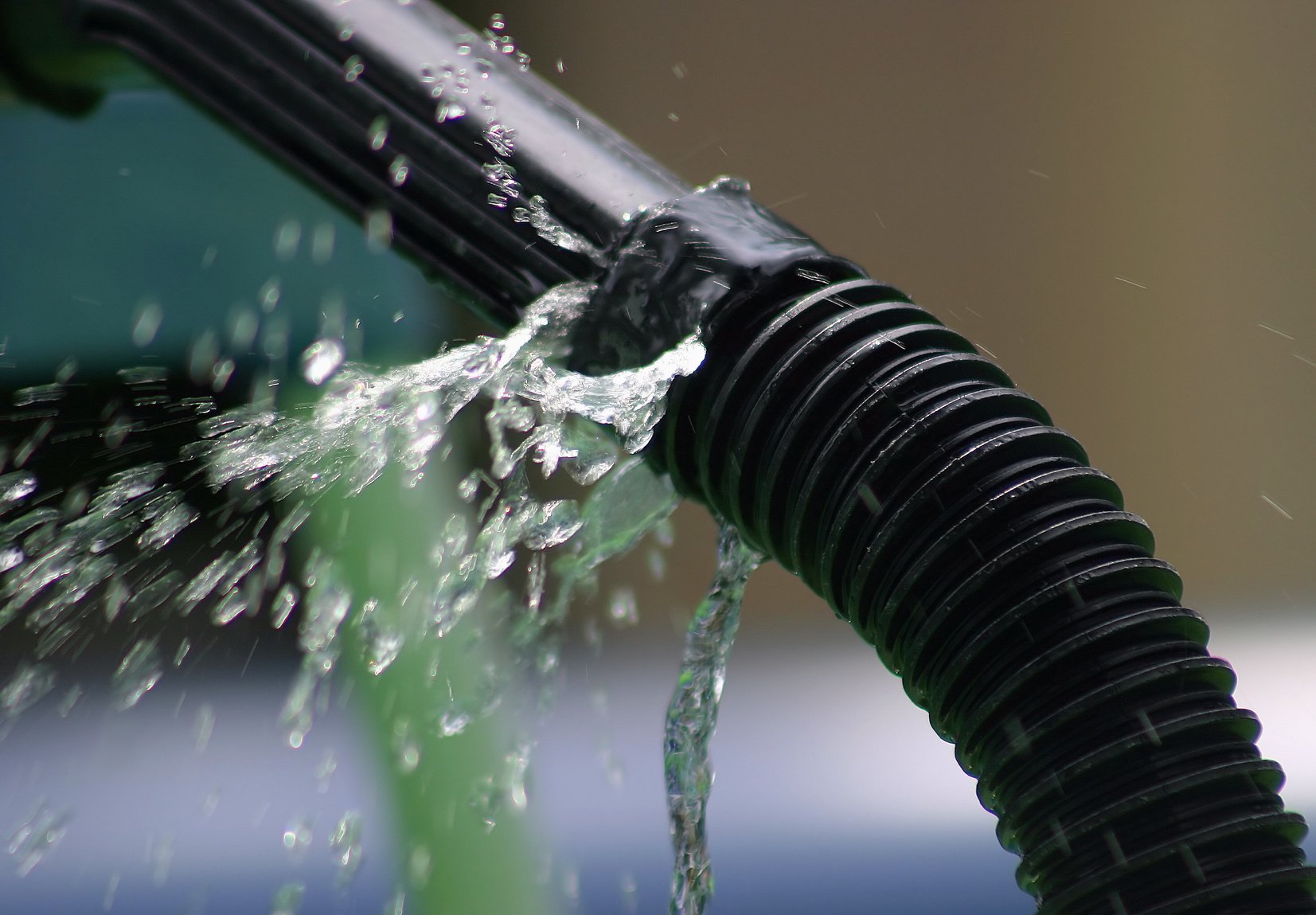Familiarize Yourself With the Six Common Causes For Water Seepage in Your House
Familiarize Yourself With the Six Common Causes For Water Seepage in Your House
Blog Article
Do you find yourself on the lookout for resources concerning How Fast Water Damage Can Ruin Your Home?

Leakages not only cause waste of water but can also create unneeded damage to your home and also advertise unwanted organic development. Water leakages might go undetected given that most of the pipework in our house is hidden. By looking and also understanding for daily situations that trigger leaks, you can shield your house from future leakages and also unnecessary damages. Today, we will certainly consider 6 leak triggers that might be triggering your pipes to drip.
Intruding roots
Many water leaks begin outside your house instead of inside it. If you observe a sudden decrease in water stress, state in your tap, take time to head out and analyze your lawn. You might observe damp spots or sinkholes in your lawn, which may suggest that tree origins are invading water lines causing water to leak out. You can have your plumber look for intrusion, especially if you have trees or hedges near your building.
Corroded water systems
This might be the cause of discoloration or warping on your water pipes. If our plumbing system is old, consider changing the pipelines since they are at a greater risk of rust than the more recent designs.
Defective Pipe Joints
The point at which your pipes attach is regularly the weakest link in the waterline. Pipeline joints can weaken in time, resulting in water leaks. Regrettably, most of pipe joints are not easily noticeable. If you have noisy pipelines that make ticking or banging noises, especially when the hot water is activated, your pipeline joints are probably under a great deal of pressure. It is suggested to have your plumber inspect your system once a year.
Immediate temperature changes.
Severe temperature adjustments in our pipelines can trigger them to expand and contract unexpectedly. This growth as well as contraction might trigger splits in the pipes, particularly if the temperature level are below freezing. It would certainly be best if you kept an eye on just how your plumbing functions. The presence of the formerly discussed circumstances frequently suggests a high danger.
Poor Water Connectors
Sometimes, a leak can be brought on by loose tubes as well as pipelines that supply your devices. More often than not, shifting is what creates the loose water Connections. You could find when it comes to a cleaning device, a hose might spring a leak because of shaking during the spin cycle. In case of a water links leak, you may see water running directly from the supply line or pools around your devices.
Obstructed Drains
Obstructed drains might be bothersome as well as inconveniencing, but they can sometimes wind up triggering an overflow resulting in burst pipelines. Keep removing any type of materials that might go down your drains pipes that could block them to stay clear of such troubles.
All the above are reasons for leaks however not all water leaks arise from plumbing leaks; some leakages might originate from roof covering leakages. All leakages need to be repaired quickly to prevent water damages.
Leaks not only create waste of water however can likewise cause unnecessary damages to your home as well as advertise undesirable organic development. By recognizing and looking for everyday circumstances that cause leaks, you can secure your residence from future leaks and unneeded damages. Today, we will look at six leak creates that might be causing your pipes to leak.
At times, a leakage can be created by loose pipes and pipes that provide your devices. In instance of a water links leak, you may discover water running directly from the supply line or puddles around your devices.
How To Check For Water Leak In Your Home
How To Check for Leaks
The average household's leaks can account for nearly 10,000 gallons of water wasted every year and ten percent of homes have leaks that waste 90 gallons or more per day. Common types of leaks found in the home are worn toilet flappers, dripping faucets, and other leaking valves. These types of leaks are often easy to fix, requiring only a few tools and hardware that can pay for themselves in water savings. Fixing easily corrected household water leaks can save homeowners about 10 percent on their water bills.
To check for leaks in your home, you first need to determine whether you're wasting water and then identify the source of the leak. Here are some tips for finding leaks:
Take a look at your water usage during a colder month, such as January or February. If a family of four exceeds 12,000 gallons per month, there are serious leaks.
Check your water meter before and after a two-hour period when no water is being used. If the meter changes at all, you probably have a leak.
Identify toilet leaks by placing a drop of food coloring in the toilet tank. If any color shows up in the bowl after 10 minutes, you have a leak. (Be sure to flush immediately after the experiment to avoid staining the tank.)
Examine faucet gaskets and pipe fittings for any water on the outside of the pipe to check for surface leaks.
Undetected water leaks can happen without the home or business owner even realizing. If you suspect a water leak, but not able to find the source. It is time to contact a professional water leak detection service, The Leak Doctor.
How To Find a Water Leak In Your Home
https://www.leakdoctor.com/blog/How-To-Check-For-Water-Leak-In-Your-Home_AE197.html

I found that page on How to detect water leaks in your home when doing a search on the search engines. Enjoyed our post? Please share it. Let another person locate it. I value reading our article about How Fast Water Damage Can Ruin Your Home.
Burst pipes? Get immediate help. Report this page